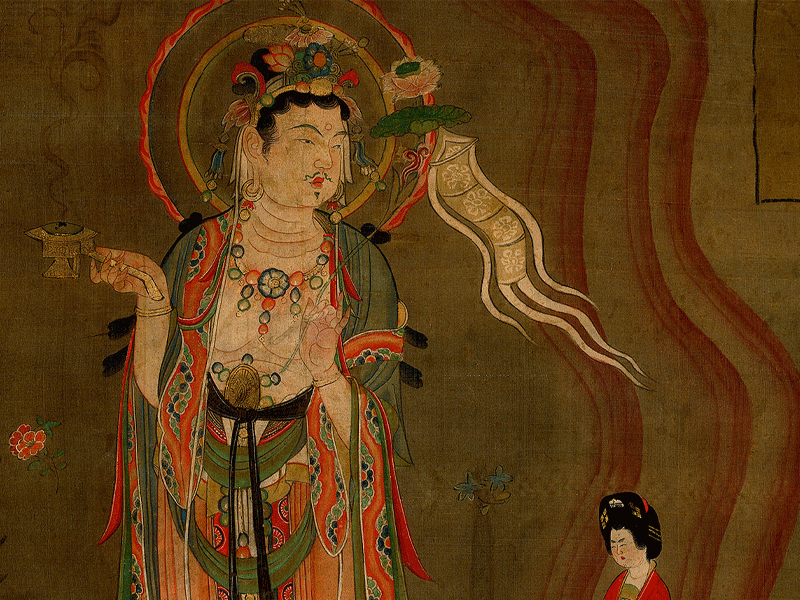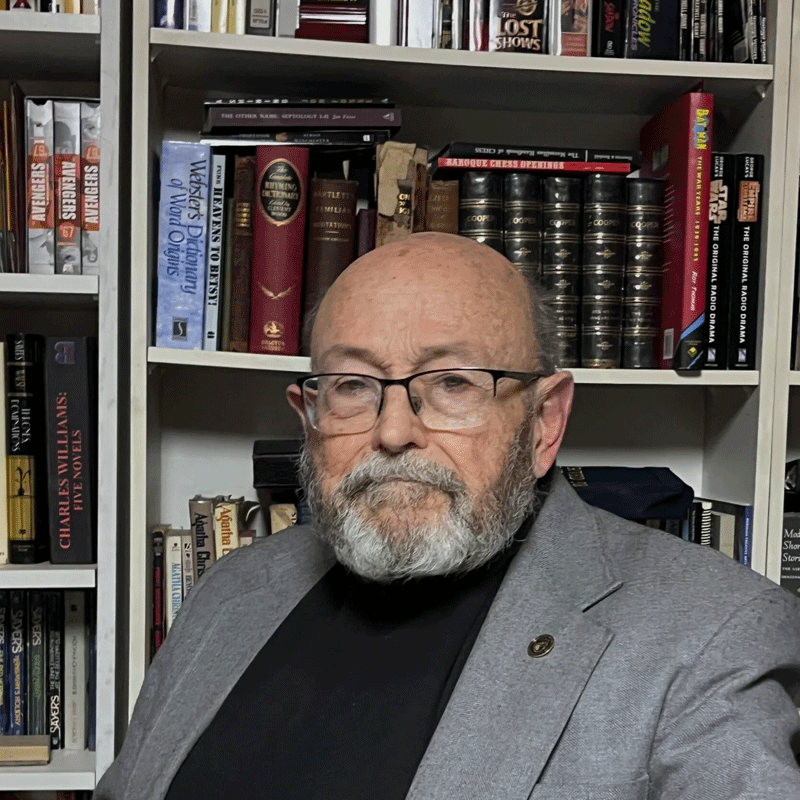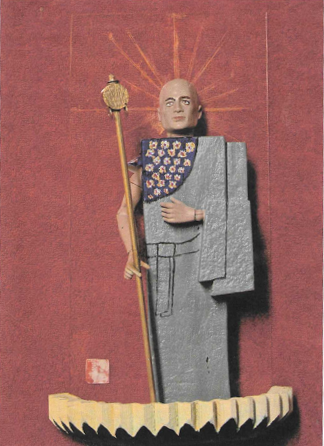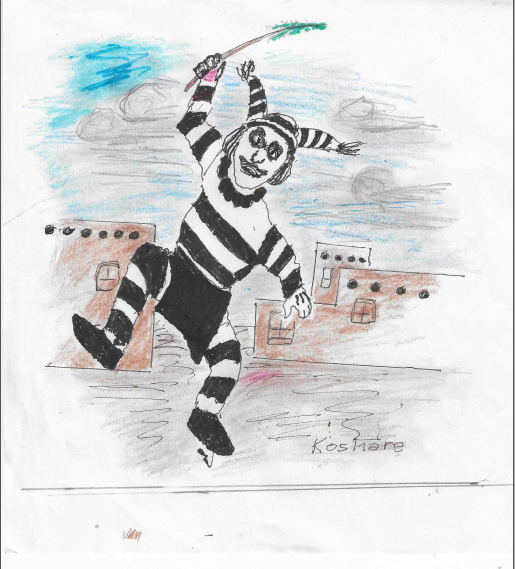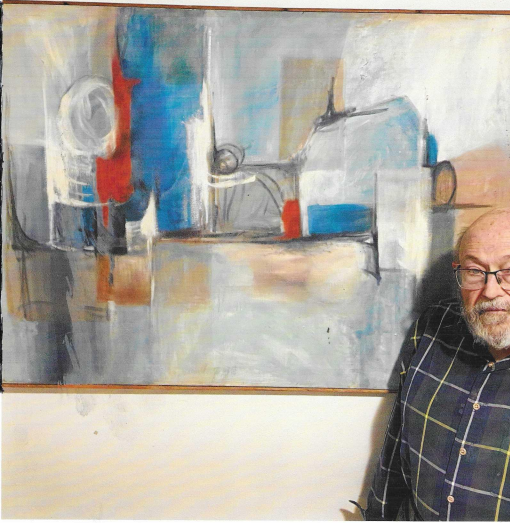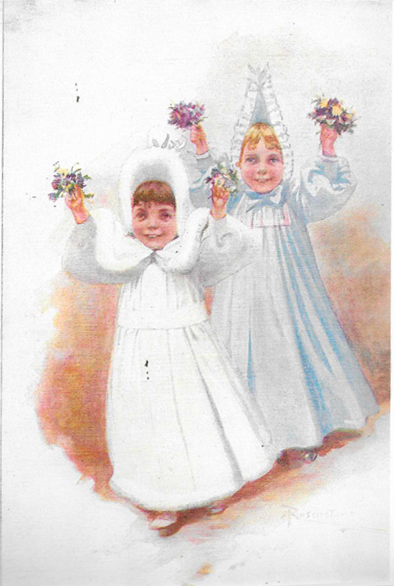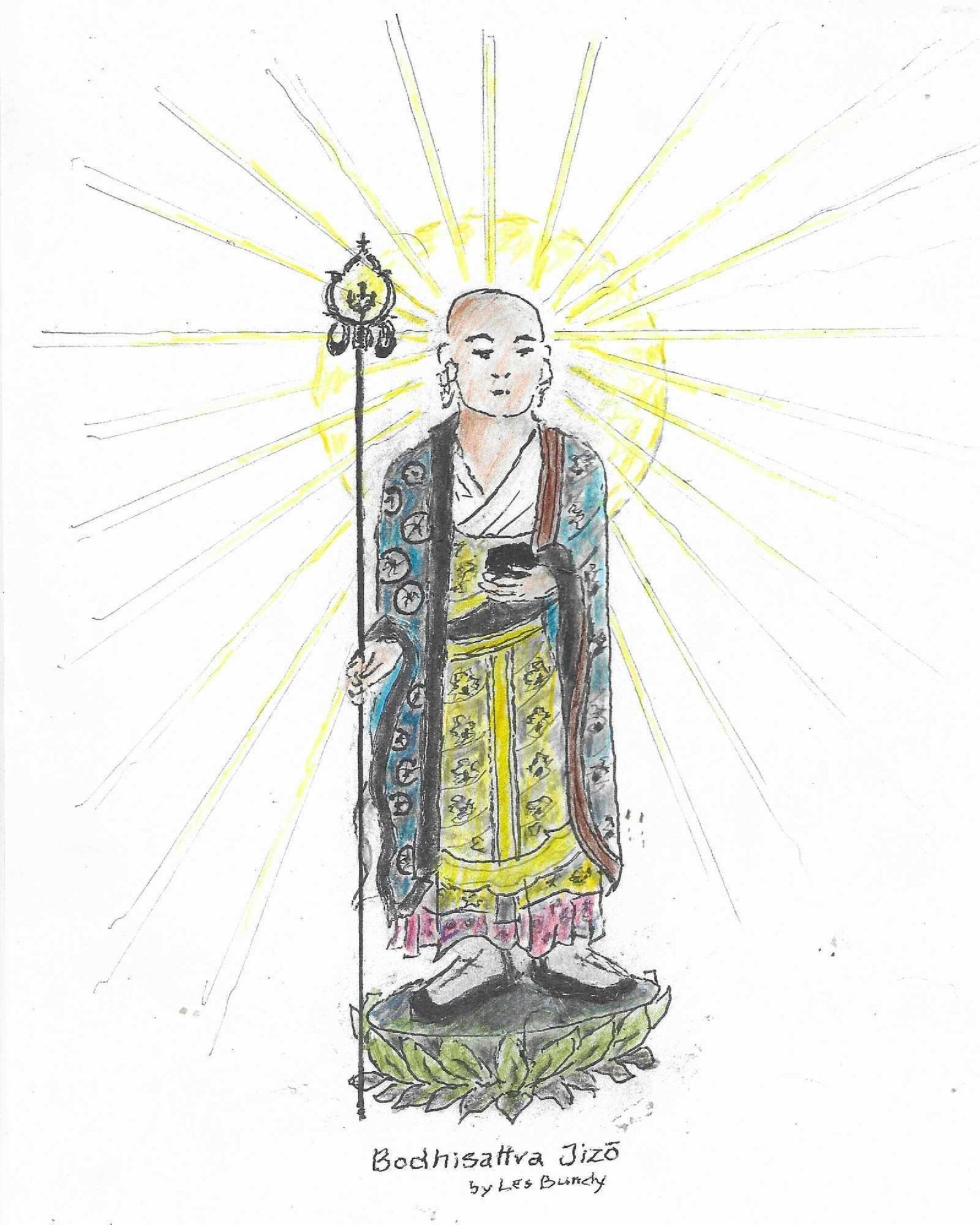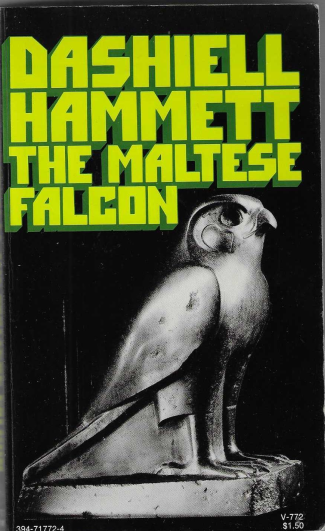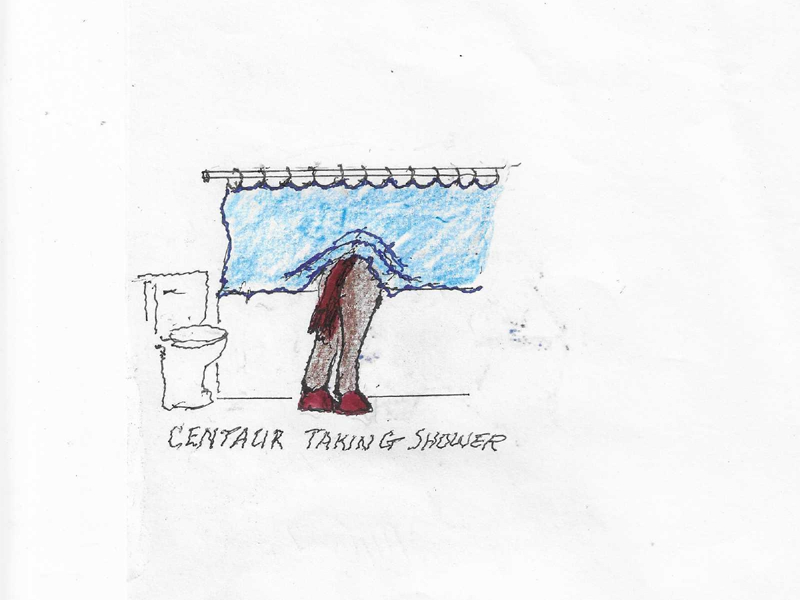Opening Paragraph:
As an undergraduate art major at the University of Denver in the late 1950s and early ’60s, I found myself standing at a crossroads of artistic and philosophical movements. My world of painting and literature was shaped by a strangely harmonious mix: Abstract Expressionism, classical and popular Buddhism, and the rebellious insights of the Beat Generation. These seemingly disparate influences didn’t clash—they converged.
Main Body:
One of my early literary fascinations was the work of J.D. Salinger. His strange blend of quasi-Christian and Buddhist mysticism—especially in Franny and Zooey—captivated me. There was something deeply introspective and spiritually restless in his characters that mirrored my own inner journey, both in life and on canvas.
In the visual arts, no one impacted me more than Morris Graves. A serious practitioner of Buddhism, his enigmatic paintings have held my attention for decades. His work continues to inspire and puzzle me—something I regard as a mark of true art. In many ways, his pieces gave visual form to the spiritual and philosophical questions I found myself asking.
Zen Buddhism, in particular, made a deep impression—not just in doctrine, but in aesthetic. The minimalist grace of classic Sumi painters seems to foreshadow the work of Abstract Expressionists like Franz Kline and Mark Rothko. There’s a raw beauty in how they both pursue essence over form. Zen itself is a kind of theater of paradox and absurdity. Consider the koan, “What is the sound of one hand clapping?” or the parable of the man, the tiger, and the strawberry. These short, jarring stories jolt the reader into a new kind of awareness—one where the world is at once simpler and more profound than we imagined.
Closing Thought:
My own artistic practice still carries the imprint of those early days: the brushstrokes of Abstract Expressionism, the spiritual echoes of Zen, and the literary hum of Salinger and the Beats. What seemed absurd at first—whether in words or paint—was often the very thing pointing toward truth.

